Why Miles Franklin never married
A new biography shines more light on the magnificent Stella Miles Franklin, author of My Brilliant Career.
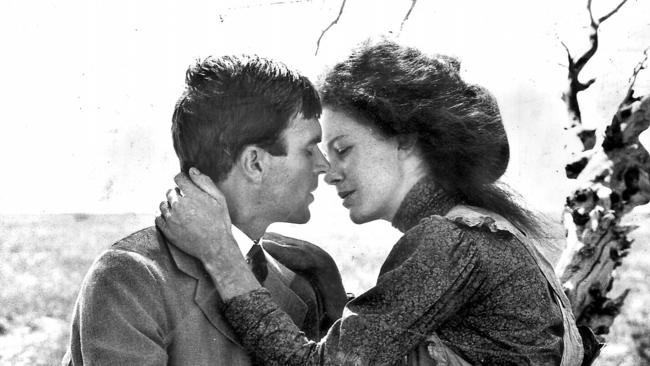
I was 23 when I first heard the name Miles Franklin. I’d emigrated to Australia in 1977, wanting to work in the theatre. After a few months I was offered a job in the office of casting director and agent Hilary Linstead and suddenly found myself involved at the edges of the chaotic pandemonium that surrounds the making of a film – in this case My Brilliant Career.
Caught up in the fever, I read the book, published when Franklin was only 21, and was swept up into the fictional world Franklin had created. A few years earlier, in 1975, I was in Australia working on a theatre tour, and I’d read Patrick White’s Voss while we were travelling. Coincidentally it was the first winner of the Miles Franklin award in 1957, an award established after Franklin’s death. Two more different books would be hard to find, and yet for a new Australian they were both part of my creation of a roadmap that helped me connect to the landscapes of my adopted country.
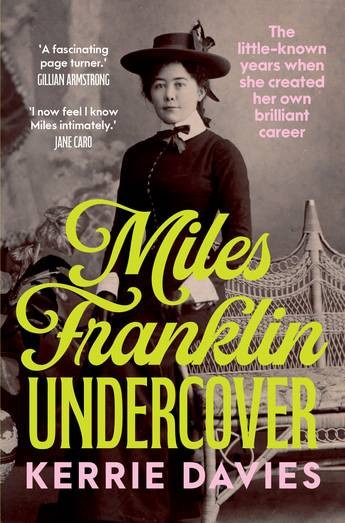
These many years later, it’s been a wonderful experience to take an even deeper dive into the world of an extraordinary writer who left such a huge impression on Australia’s literary scene. I learned, for example, in Kerrie Davies’s biography, that although My Brilliant Career was a literary success, Franklin initially made very little money from it, and her subsequent attempts at publishing were problematic, to say the least. I had no idea that Franklin had spent a year working as a servant in Sydney and Melbourne, not just to gain research for her manuscript, When I was Mary Anne, a Slavey, (which was never published), but also to earn some much-needed money.
Davies is also the author of A Wife’s Heart, again an imaginative biography of the marriage between Henry Lawson and his wife Bertha. Despite Lawson’s status as a cultural icon, in 1903 Bertha alleged that Lawson was habitually drunk and cruel, which led to her being granted a judicial separation. In both books Davies raises issues of women’s rights, and complexities of relationships, and the jarring truth of the days when marriage might well mean security, but also meant giving up any idea of an independent life.
Stella Maria Sarah Miles Franklin was only 20 when she started writing My Brilliant Career, and 21 when her story about a high-spirited 16-year-old teenager, Sybylla Melvyn, was published by Blackwoods in the UK.
It was a heady time for the young writer, who had sent her manuscript to Lawson, a poet she admired for his bush-based poetry. With his encouragement and help, Franklin found herself, at least for a while, embraced as a literary sensation. It opened doors for the young woman brought up on a country station, and Franklin made good use of those doors, embarking on a career, not just of writing fiction, but as a journalist, an activist and feminist, and perhaps for her most importantly always resisting the idea of marriage. Davies tells us that the title Franklin wanted for the book was My Brilliant ? Career. Franklin was disappointed when the publishers did away with the question mark, and even if from a marketing perspective you can see why they would make that decision, the irony the question mark contained sheds a different light on the title.
The book covers a fairly short period of Franklin’s life, from 1901 – the year that My Brilliant Career was published – to 1915, when she travelled to England. It includes her year working as a servant, and the time she spent living in San Francisco and Chicago, where she became involved in the women’s trade union activities, co-editing the league’s magazine.
In Chicago, she received a devastating letter from her mother telling her that her only sister had died, and her grief and ongoing general anxiety caused her to have a nervous breakdown. Franklin spent part of 1912 in a sanatorium, and often suffered bouts of ill health.
Despite that, however, and the fact that she found it hard to get subsequent books published, her output was prodigious, including six books under the pseudonym of “Brent of Bin Bin”. After her early experience of working as a governess, and as a servant, she would engage in any work that would keep her solvent, and give her material for her journalism and books, including working as a cook in the UK, and volunteering for war work during the Serbian campaigns in 1917-1918.
Davies has researched Miles Franklin’s life exhaustively, and gives due recognition to Jill Roe’s 700-page biography of Franklin, published in 2008, but for anyone wanting a deeper understanding of the “undercover” period of Franklin’s life, Davies’s book is certainly the one to go to.
Franklin bequeathed her printed book collection, her correspondence and her notes to the Mitchell Library, and no less than 47 of her diaries are held by the State Library of NSW. Her involvement in the world of writing was committed; she supported and mentored younger writers, she belonged to numerous organisations and, like her creation, Sybylla, she was determined to live life on her terms, refusing – despite many suitors – to ever marry. She also had close friendships with many of the feminists of the day in Australia, the UK and the US.
The idea of bio-fiction, or creative non-fiction, as opposed to historical fiction, lies in the combining of the biography with an overlay of guesswork by the biographer as to how the subject was feeling, or might have responded in different situations.
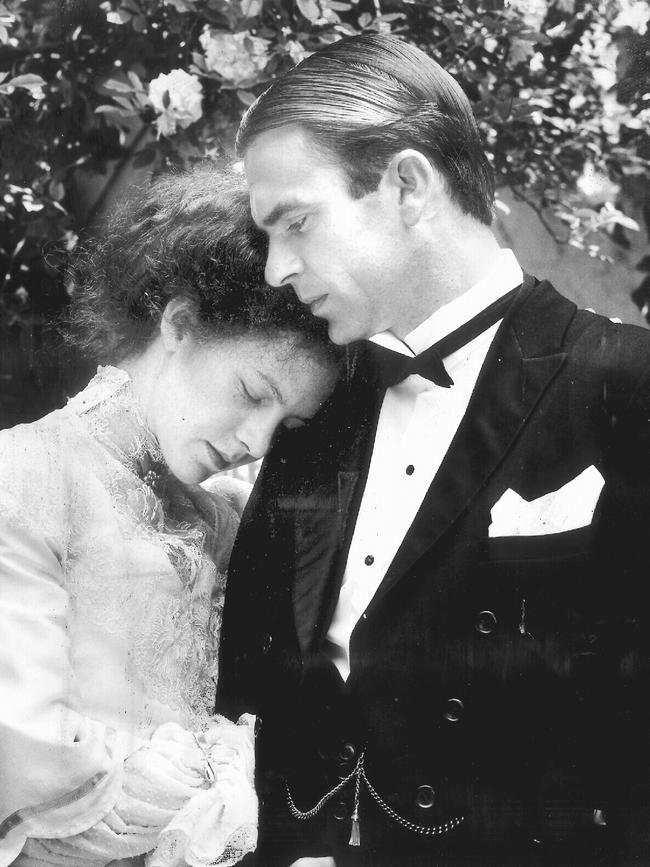
I should imagine, never having tried it myself, that it would not be the easiest form of writing to attempt, and Davies makes a valiant effort to marry the facts and fiction. Sometimes it works and, as we already know, the young writer’s life often mirrored that of her own fictional Sybylla. Davies gives us a multi-layered Franklin, with details of those hidden, undercover years, offering glimpses of the woman who not only bequeathed us the Miles Franklin award, but also decades later had the Stella Prize, an annual literary prize for a book by a woman or non-binary person, named after her.
However, although Davies’s book has the sole intention of shedding light on a short period of Franklin’s life, it unfortunately isn’t always at its best when Davies is attempting to give an imaginative voice to the writer. The sleight of hand needed to get the reader from one train of thought or event to another is sometimes missing, but at the same time this book is a fascinating read, and adds another layer of knowledge for readers about one of Australia’s most loved writers.
Candida Baker is a writer, editor and poet who lives in the hills behind Byron Bay.


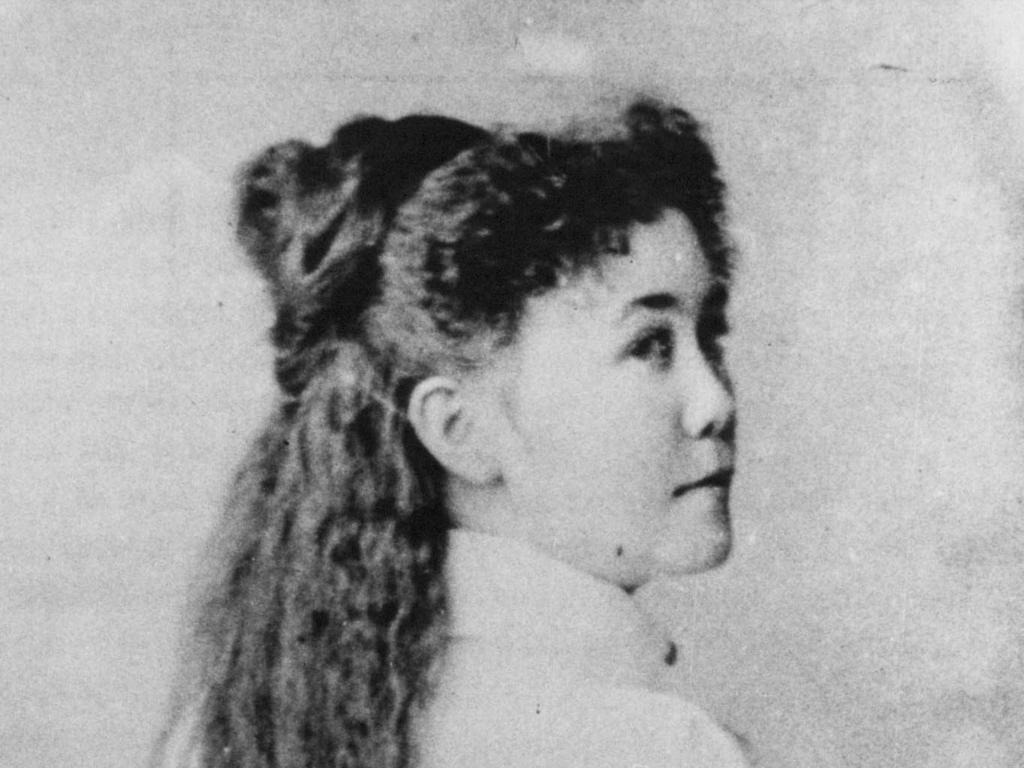
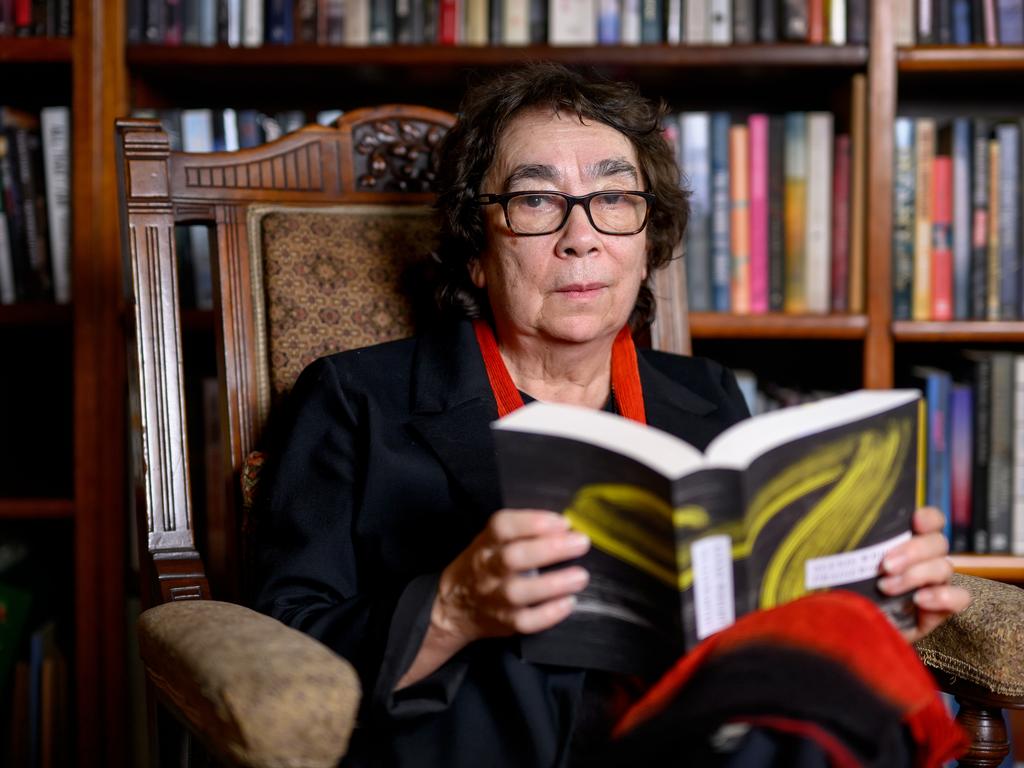



To join the conversation, please log in. Don't have an account? Register
Join the conversation, you are commenting as Logout